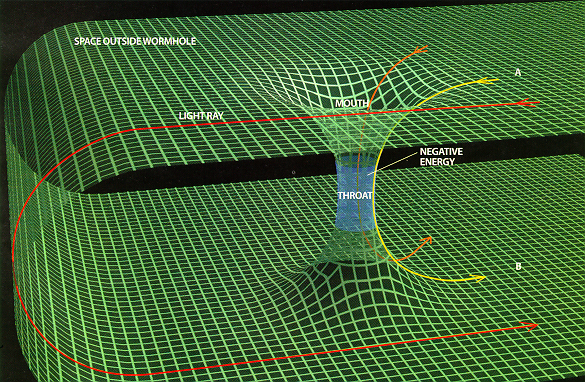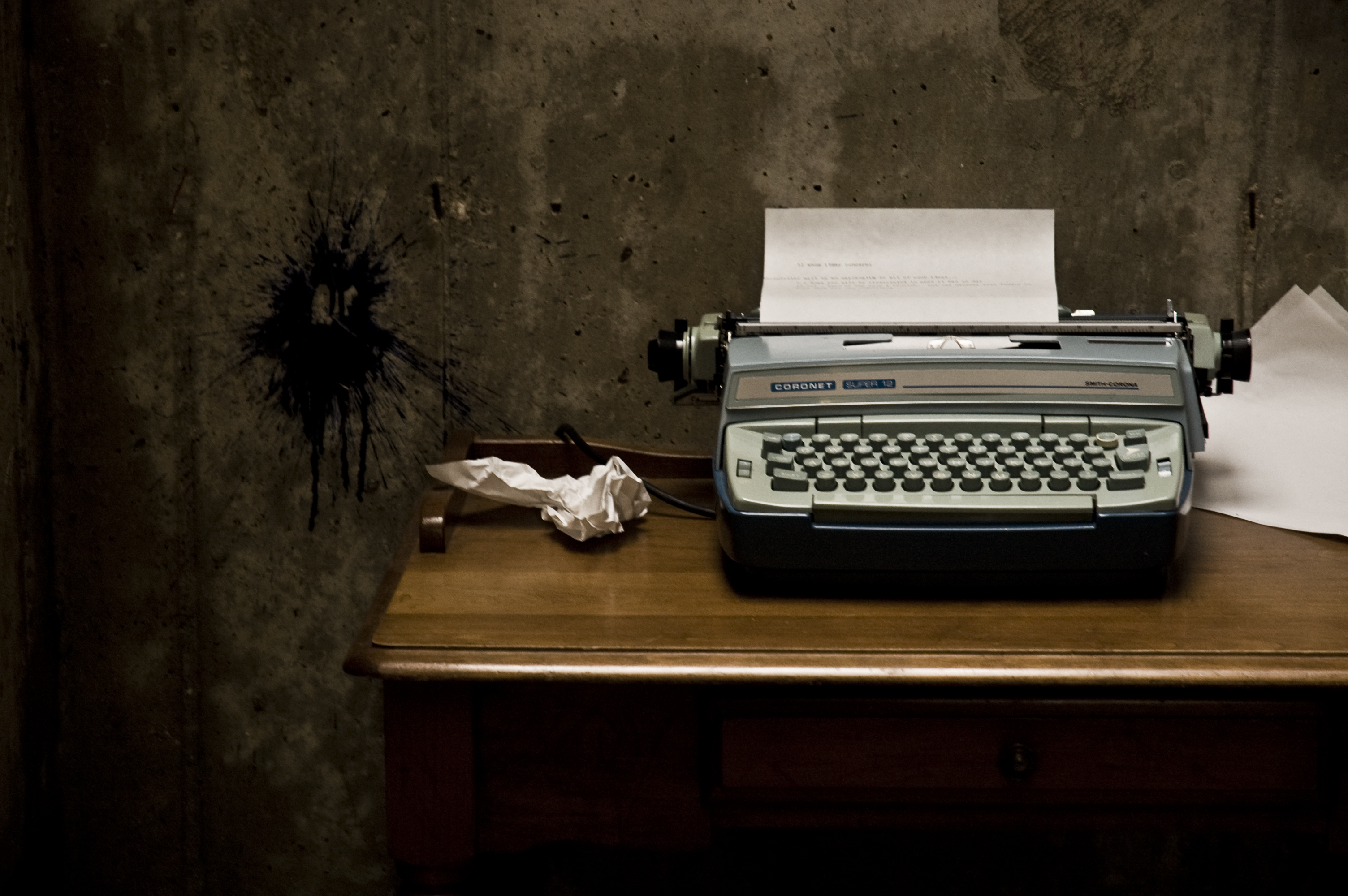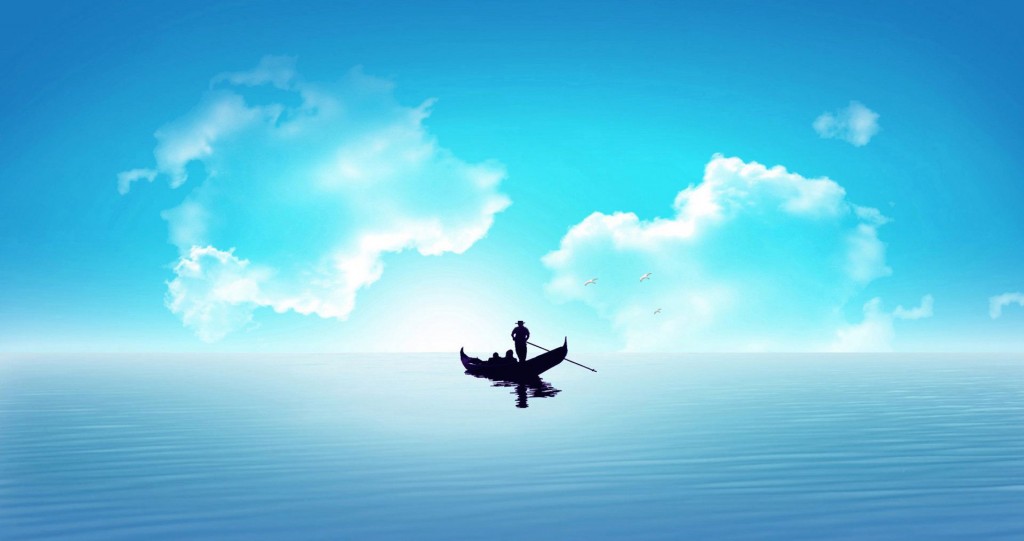Shields, David. Reality Hunger: A Manifesto. New York: Vintage, 2011. Print.
This extract from David Shields is a strange piece of writing which delves into the characteristics and some pros of interactive documentary.
He touches on a number of different angles in her disconnected article but stays on topic and effectively summarises a number of points that are useful to interactive documentary makers, such as us.
The most interesting points:
‘The absence of plot leaves the reader room to think about other things’: without a traditional 3-act narrative structure, a k-film (for example) has the capacity to provoke a much wider band of thought than plot-driven narratives that tend to restrict the train of thought that can follow its’ reading/viewing/consumption.
‘A great painting comes together, just barely’: this abstract comparison between a great painting and poetic documentary is a fascinating way to reflect upon how the ‘disconnectedness’ of an interactive documentary can actually work to its favour.
‘Collage is pieces of other things. Their edges don’t meet’: this point is also fascinating, making the claim that a finished collage need not have all matching pieces that all contribute to the overall piece in the same way… It is meant to seem odd and mismatched.






